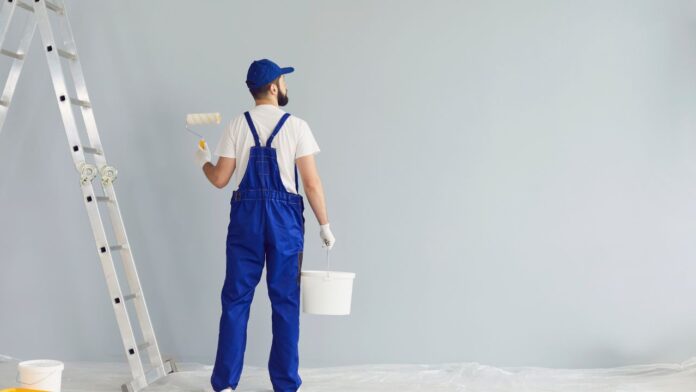Imagine stepping into a room with a peculiar musty smell and spotting unsightly patches on your walls. Chances are, you’re dealing with a common problem known as wall dampness. This issue can wreak havoc on your home’s structural integrity and overall well-being. In this blog, we’ll unravel the mystery behind wall dampness by exploring the key factors contributing to its emergence.
1. Poor Ventilation
Inadequate ventilation is a leading culprit behind wall dampness. When fresh air doesn’t circulate properly, moisture gets trapped indoors. This trapped moisture can accumulate on walls, leading to dampness. Bathrooms, kitchens, and closed spaces are particularly susceptible. To combat this, ensure your home has proper ventilation systems and consider using exhaust fans in moisture-prone areas.
2. Leaky Roofs and Gutters
Roof leaks and malfunctioning gutters can funnel rainwater down the walls of your home, resulting in dampness. Water can seep through cracks and crevices, eventually saturating the walls. Regular roof and gutter maintenance can help prevent this issue, saving you from the headache of dealing with damp walls. A thorough assessment is crucial to finding the right wall dampness solution for your home.
3. Rising Damp
Rising damp occurs when groundwater makes its way up through the foundation of a building. Capillary action draws the moisture upward, causing walls to become damp. This is especially common in older buildings lacking proper damp-proof courses. Installing effective damp-proof barriers during construction or renovating can prevent rising damp.
4. Condensation
Condensation forms when air containing warmth and moisture makes contact with cooler surfaces, such as walls. This moisture-laden air can cause water droplets to form on the walls, leading to dampness over time. To tackle this issue, maintain a consistent indoor temperature and use dehumidifiers in spaces prone to condensation.
5. Cracks and Gaps
Unsealed cracks, gaps, and holes in your walls provide an entry point for external moisture. Rainwater can easily penetrate these openings, leading to dampness. Constantly inspect your walls for any signs of damage and promptly seal any cracks to prevent water infiltration.
6. External Factors
The surrounding environment can play a significant role in wall dampness. If your home is located in an area with high rainfall or poor drainage, the excess moisture can easily seep into your walls. Consider improving your property’s drainage system to divert water away from your walls and foundation.
7. Incorrect Building Materials
The type of building materials used can influence wall dampness. Some materials are more prone to moisture absorption than others. Using moisture-resistant materials can help reduce the risk of dampness. Also, improper construction techniques can contribute to moisture infiltration, so ensuring quality workmanship during construction or repairs is crucial.
8. Landscaping and Grading
If your landscape slopes towards your home, rainwater can flow towards your walls and foundation, increasing the likelihood of dampness. Proper landscaping and grading can redirect water away from your home, helping to keep your walls dry.
Conclusion
Wall dampness is a problem that can’t be ignored. Understanding the factors contributing to its emergence is the first step toward prevention and remediation. By addressing issues like poor ventilation, leaks, rising dampness, and condensation, you can safeguard your home from the damaging effects of damp walls. Regular maintenance, smart construction choices, and a vigilant eye for potential problems will go a long way in keeping your walls dry and your living space comfortable.









